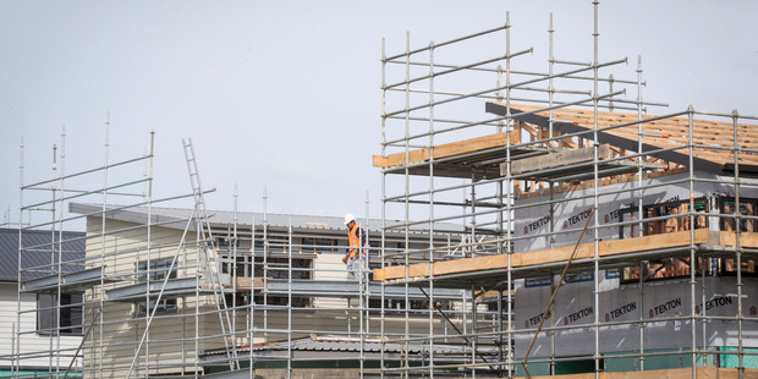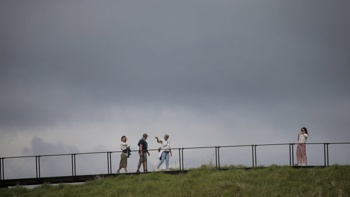
Building consents have reached their highest level in New Zealand since 2004 but warnings are being sounded about the industry needing to readdress the way it considers skills training to meet future demand.
Building and Construction Industry Training Organisation chief executive Warwick Quinn said he expected the upward trend in building consents to continue this year.
The rate of construction was at New Zealand's long-running normal rate of 6.5 builds per 1000 people and a response to the record low rate of construction during the global financial crisis (GFC).
In 2011, the build rate fell as low as 3.1 builds per 1000 and Mr Quinn said the number of homes not built during the GFC was double the number that were not build during all other recessions combined.
New Zealand was still playing catch-up.
Statistics New Zealand figures released this week showed good annual growth, particularly in Manawatu/Wanganui on 49 per cent, Northland on 43 per cent, Hawke's Bay with 32 per cent, Nelson 34 per cent and Otago on 29 per cent.
Auckland fell just short of the 10,000 market with 9930 consents, a 7 per cent increase on 2015. The only regions to have negative growth were Southland and the West Coast.
While the turnaround was welcome, 30,000 consents a year was the new normal based on New Zealand's population, Mr Quinn said. However, that level did not replace the shortfall developed during the GFC. New Zealand built about 45,000 fewer homes during the past 10 years than in the previous 10 but the population grew by about 480,000.
"It's no surprise to anyone Auckland is the worst affected, with about four to five years of backlog based on historical build rates."
Other regions also had significant backlogs, he said.
The training organisation had a record 10,000 apprentices in training and more were needed to meet building demand.
The 10,000 apprentices was a new milestone but it was also the new normal and numbers must be increased if the industry was to successfully lift the skills gap in construction.
There usually was a surge in apprentice numbers each year from about March and Mr Quinn was interested to see if the trend continued this year.
"Most of our growth comes from those firms that traditionally have apprentices. But in order to get the increase in apprentice numbers we need, we also need to ensure training programmes align more closely with their businesses and meet employee expectations."
The training organisation had been working with the Tertiary Education Commission and the New Zealand Qualifications Authority on the issue, he said.
At the end of last year, the organisation got approval to pilot an alternative skills model aimed at increasing the number of firms that trained and attracted more people into the trades.
Statistics NZ figures for the month of December did not make such impressive reading as the annual statistics.
The number of new residential consents issued fell 7.2 per cent, following a larger 9.6 per cent fall in NovemberWestpac senior economist Satish Ranchhod said the the recent weakness followed strong issuance earlier in the year.
"But this data raises the risk of the pace of home building slowing down in early 2017."
The Kaikoura earthquakes in November last year had played some role in the recent softness in the issuing of consents. However, that was not all that was going on. In areas such as Wellington and the West Coast, consents issued increased in December after earlier falls.
December weakness in consents was an upper North Island story and most of the weakness was centred on Auckland, down nearly 10 per cent in from November.
Consents issued in Auckland had now dropped below 10,000 on an annual basis, well short of the levels needed to address the needs of population growth in the city, he said.
Some of the weakness might reflect uncertainty around the implementation of the Unitary Plan and it was an area warranting close attention in coming months.
Building and Construction Minister Nick Smith said building activity was at a record high, topping $19 billion for 2016 after five straight years of strong growth.
"This is the longest and strongest growth phase in building activity in New Zealand history. It involves record levels of investment in homes, commercial buildings and infrastructure."
The number of homes being built in 2016 - 29,970 nationally and 9930 in Auckland - was more than double that of five years ago and was the highest since 2004.
Dr Smith said he had confidence the number of homes would be increasing in line with population growth by the end of the year.
Take your Radio, Podcasts and Music with you









